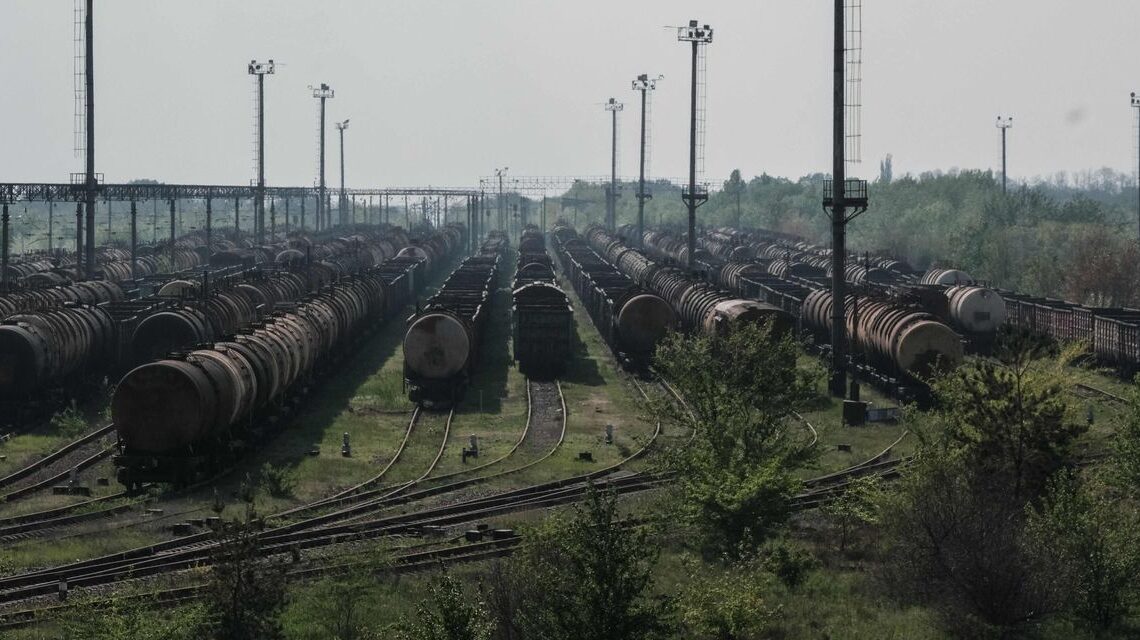Brutal fighting in Ukraine’s east is a battle for lives and land, but it pivots on rail lines.
Lyman, a town recently taken by Russian troops and their local proxies, is a regional railway hub. Popasna, a nearby town now the focus of intense fighting, is also a vital rail junction. Severodonetsk, another besieged city in the region, has a large rail-cargo station.
Russia’s military, more than almost any other, depends on trains to move troops and munitions. After the invasion of Ukraine in February, road-based Russian troops struggled to seize their objectives around Kyiv, in part because they failed to take control of train lines and railheads.
Since retreating and refocusing the offensive on Ukraine’s east, Russian forces have managed to grab and hold more territory. A big reason, say military analysts, is that Moscow can supply its eastern troops using train lines from Russia and parts of the Donbas region that Moscow already controlled.
Donbas, long Ukraine’s industrial heartland, has the country’s densest rail network. Started during the Industrial Revolution of the 19th century, the train lines connect mines, mills and ports, as well as regional agricultural centers from which Ukrainian grain is normally shipped to the world.
Russia has made its gains in Donbas by deploying enormous quantities of artillery, tanks, howitzers and other armored equipment. Moving heavy weaponry by road is difficult, especially in Russia and Ukraine, where few highways can sustain the massive loads.
Rail is a much more efficient method for provisioning an artillery-led attack, feeding troops and keeping vehicles fueled, say military officials.
Ukraine, which also relies on rail for supplies, has tried to hamper Moscow’s access to its network. Late in February, days after Russian troops poured into Ukraine, Ukrainian forces destroyed all rail links with Russia that they could…
Click Here to Read the Full Original Article at WSJ.com: World News…

